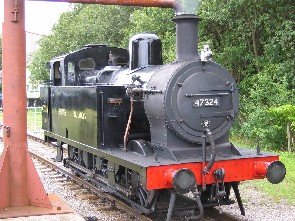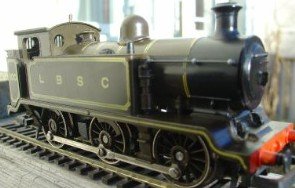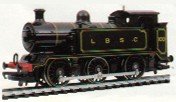I have a small British 0-6-0 whose paint scheme I'm thinking of changing. It's actually a London Brighton & South Coast Railway loco and I want to make it a Somerset & Dorset Joint Railway engine. So I need to do more than change its livery -- I also need to revise a few small details of its features.
It's an old Hornby loco so I'm not too worried if this conversion goes badly. I need to reshape a few of the loco's details. Is there a way to do this, i.e. is there something that an LHS or a hardware store would sell? I'm wondering if there is some kind of putty or plastic that could be placed onto the loco and reshaped. Once it's dry, then hopefully I could repaint it along with the rest of the loco.
I need to change the shape of the coal bunker, for example, and also a few details around the wheels.
Thanks in advance for any suggestions or advice!
Rob
It's an old Hornby loco so I'm not too worried if this conversion goes badly. I need to reshape a few of the loco's details. Is there a way to do this, i.e. is there something that an LHS or a hardware store would sell? I'm wondering if there is some kind of putty or plastic that could be placed onto the loco and reshaped. Once it's dry, then hopefully I could repaint it along with the rest of the loco.
I need to change the shape of the coal bunker, for example, and also a few details around the wheels.
Thanks in advance for any suggestions or advice!
Rob





